Calcium, magnesium, and sulfur are essential plant nutrients.
They are called “secondary” nutrients because plants require them in smaller quantities than nitrogen, phosphorus, and potassium.
Calcium (Ca)
Calcium is an important component in the structure of protopectin, an essential sticky substance used as “cement”,
holding the cells together and creating stability in the cell structure.
It helps to form strong stems and branches and also contributes to the formation of roots.
In addition, calcium helps in the absorption of potassium.
Calcium plays an important role in preventing damage from environmental stresses (heat, cold, wind, UV radiation).
Calcium is an important component in many enzymes that play an important role in the ripening process.
The movement of calcium between the organs of the plant is low.
A shortage of it, even temporary, will immediately stand out in the young growth areas, leaves or fruits, without the ability to “attract” it from older leaves where it can be found in high concentrations.
Calcium uptake and movement in the plant depend on the general water economy.
Therefore, during a water shortage, even temporarily, the supply to the young organs will be impaired and symptoms of deficiency, a spring of necrosis (tissue collapse) will appear at the apex of growth or at the tips of the fruit.
A famous example is the blossom end rot in tomato.
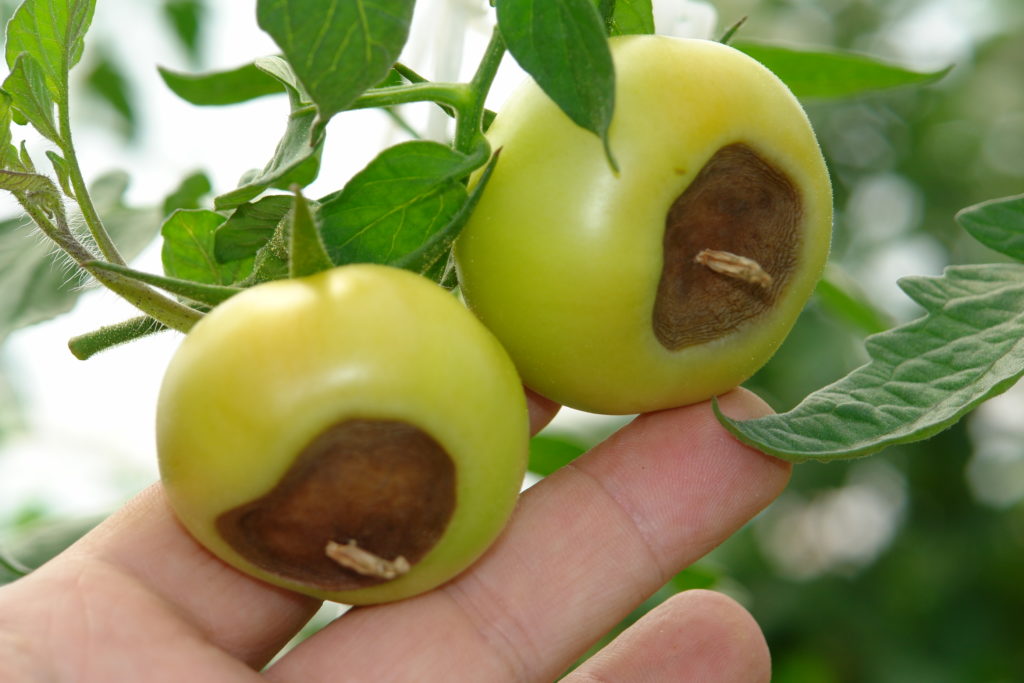
Feeding the plant with calcium is not easy, due to its limitations in availability in different soil conditions and limited mobility in the soil.
The mechanisms of its transport in the plant to the fruit are also problematic.
In some cases, if you know that the soil does have enough calcium, you can try irrigating more frequently, but do not flood.
Irrigate more times with smaller amounts. It is also recommended to try a foliar spraying of Calcium.
The leaves will absorb the calcium immediately.
If nothing works, just change the variety you grow to another similar one. Maybe it is too sensitive.
Calcium deficiency:
Calcium deficiency basically occurs in all varieties of fruits and especially in the parts of the plant from which there is
low transpiration, which means mainly the fruits.
Fruits with calcium deficiency ripen early, there is a discoloration to yellow in the peel of the fruit, the fruit has low acidity and lack of solidity.
In addition, in fruits with calcium deficiency the aging stages of the fruits are faster.
The upper leaves of the plant will take twisted and unusual shapes, white spots will appear on the leaves.
Calcium excess:
Excess calcium will lead to deficiency in other elements, such as magnesium and potassium.
The plant stem will have difficulty holding the plant upright.
If there are no traces of Calcium in the runoff water or in the soil water solution, then adding calcium is advised.
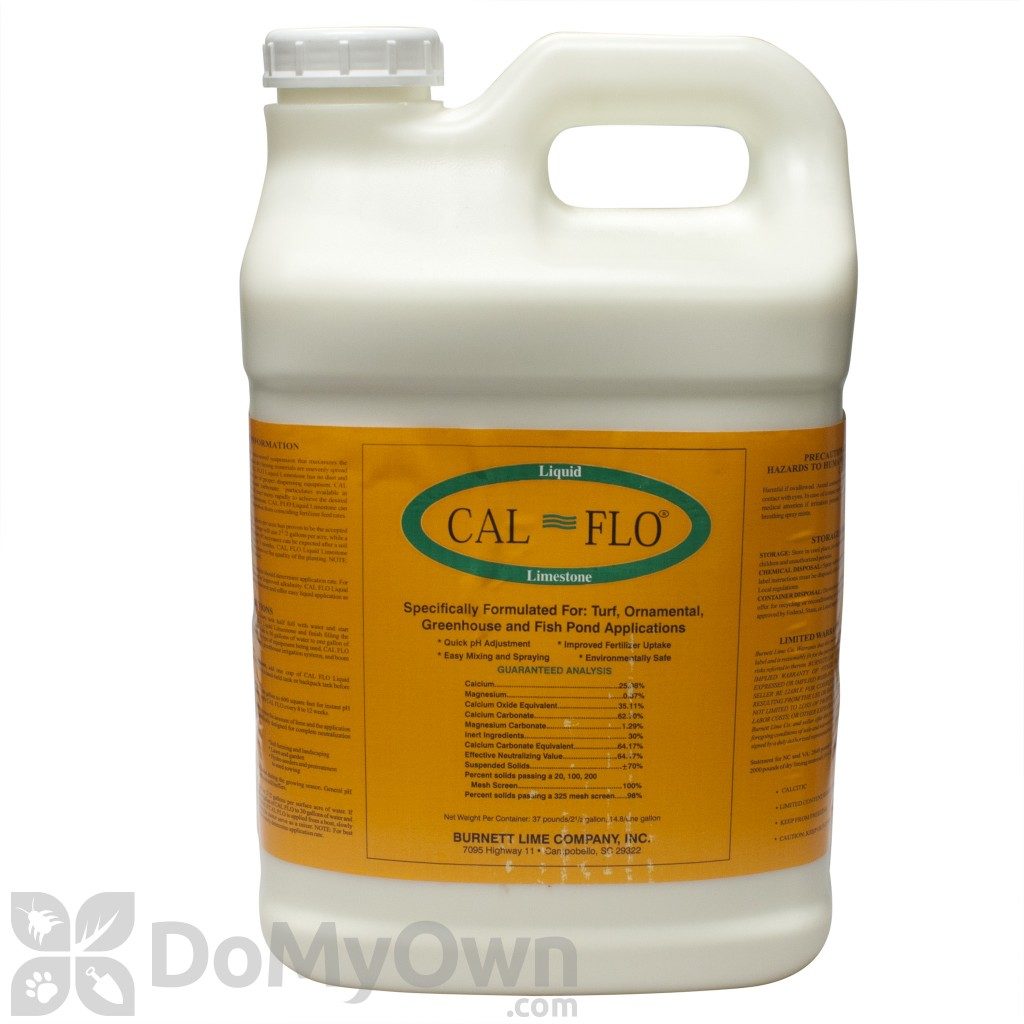


Magnesium (Mg)
Magnesium is essential for creating chlorophyll in the leaves and helps in creating healthy leaves.
At the center of the chlorophyll molecule is a magnesium atom, and it is this which enables the process of photosynthesis, which is used to utilize solar energy to build the compounds that make up the plant.
Magnesium deficiency:
Magnesium deficiency causes a decrease in biomass, lowering the percentage of dry matter and a small fruit weight.
Yellowing of mature leaves in the lower and central parts of the plant.
The yellowing begins at the perimeter of the leaf, and from there spreads all over its area, initially the signs of deficiency usually appear in the lower leaves and in the center of the plant.
Later, during severe deficiency, the phenomenon also spreads to young leaves, while older leaves change
their color to yellow or orange, with brown necrosis spots between the veins.
Magnesium excess:
Over-fertilization of magnesium will cause salts to accumulate in the growing medium that will harm leaves and also impair the absorption of other elements.
The desirable concentration in the irrigation water in hydroponics is 40-30ppm.
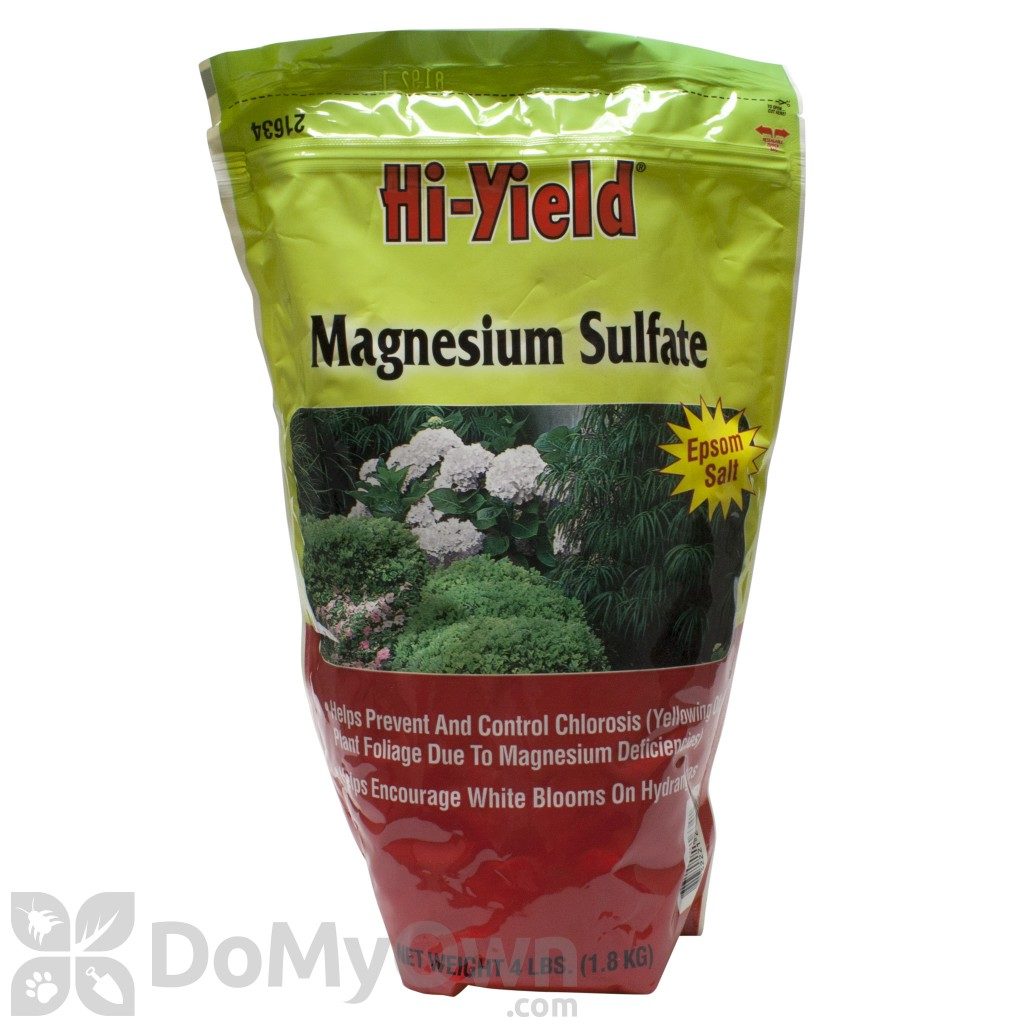
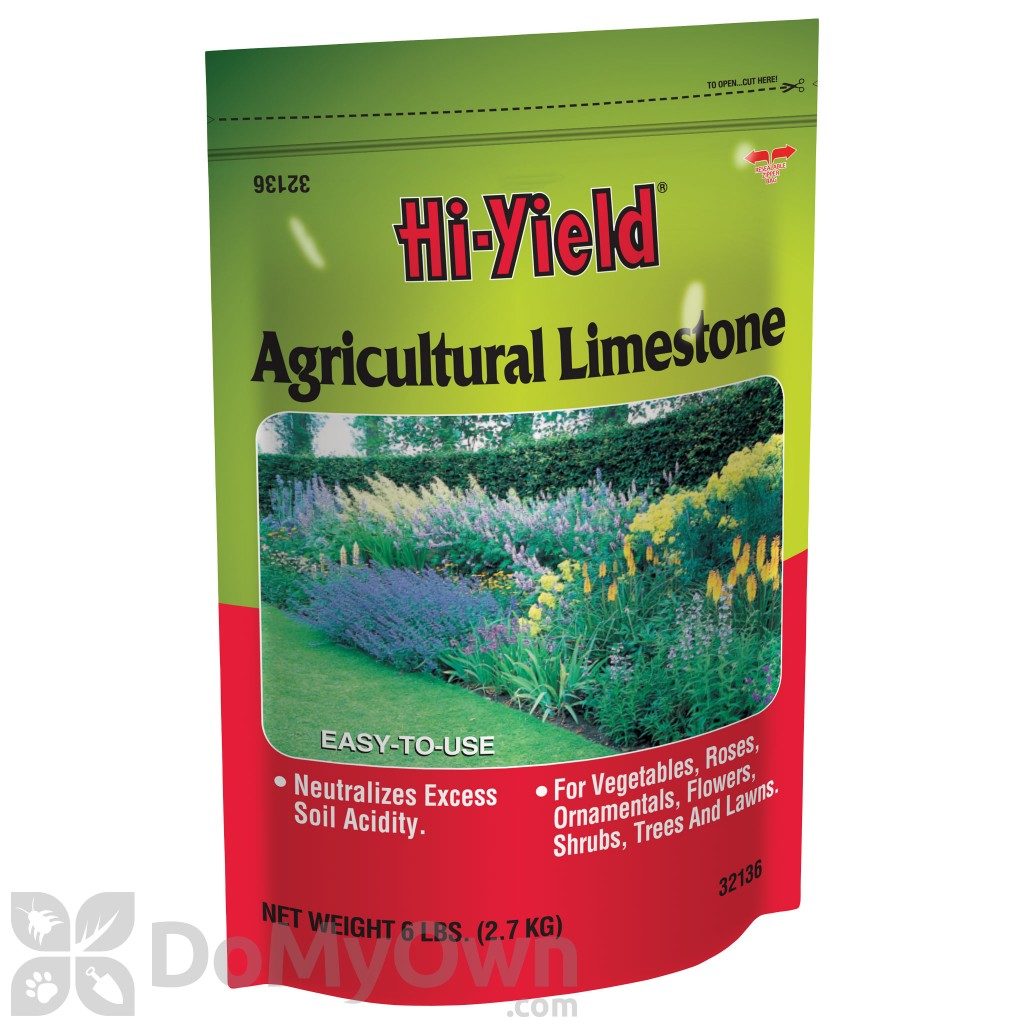
Sulfur (S)
Sulfur plays an important role in root growth, chlorophyll formation and green growth.
If the new leaves in the plant grow yellow it is probably due to a lack of sulfur.
Sulfur is involved in the production of proteins and is also an ingredient in amino acids, which are so important for the good development of plants.
It is part of the plant structure and is essential for the cellular respiration action of the plants as well as for the construction and breakdown of various acids that the plant needs during its life.
It is needed in very low amounts, but deficiencies can cause serious plant health problems and loss of vitality.
Plants only need 10 to 30 pounds of sulfur per acre.
Sulfur deficiency:
Sulfur is a stationary element and the first sign of sulfur deficiency is the growth of pale leaves along with the slow growth of the plant and the formation of narrow leaves.
Signs of deficiency on the leaves will appear from the base of the leaf to the center of the leaf.
Sulfur excess:
Excessive sulfur fertilization will result in the development of a small plant with small leaves.
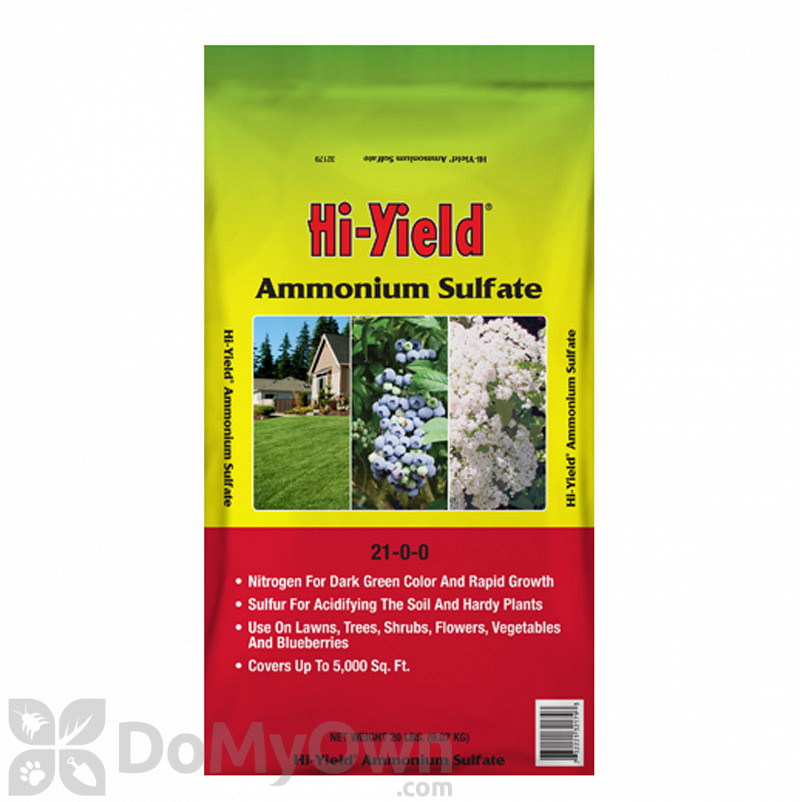
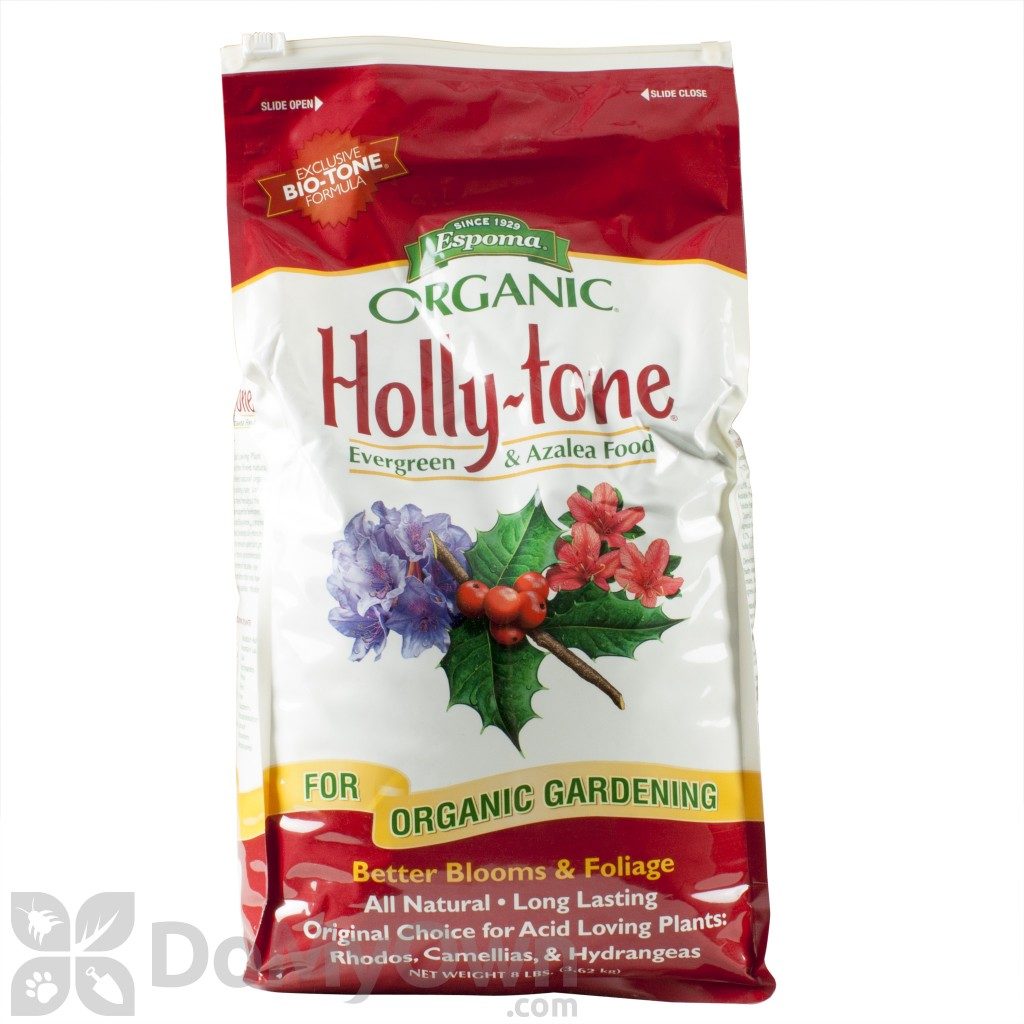
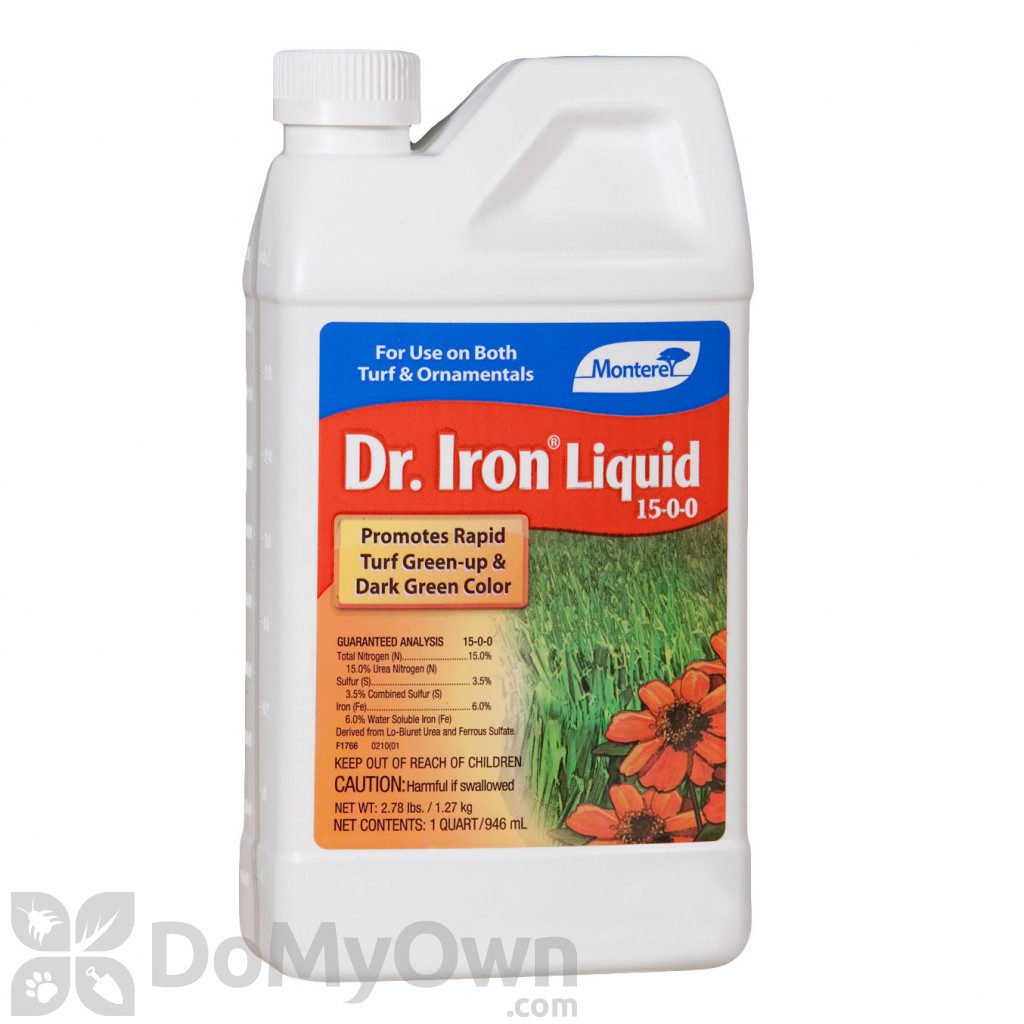
You might also like these articles:
- Slow-Release Fertilizers for Trees and Shrubs
- A Plant’s Nutritional Needs: The Best Fertilizer for Each Stage of Plant Growth
- How to Use Roundup Effectively and Safely
- Weed Control in Your Garden: Choosing and Using Herbicides Safely and Effectively
- Effective Herbicides for Common Weeds in Lawns and Gardens
- Starting Seedlings from Seeds: Read This First
- Unleash the Magic of Mulch: Transform Your Garden Today!
- Transform Your Soil into a Vibrant Garden Oasis with the Power of Soil Amendments
- 10 high rated tillers for small/medium yard reviews
- Top-Ranked small to medium-sized yard Lawn Mowers review
- Tips for Growing an Avocado Tree: Climate Factors, Soil Needs, Tree Varieties, and Planting Methods
- Exploring the Benefits of Annual Flowers: Adding Color, Variety, and Easy Care to Your Garden












